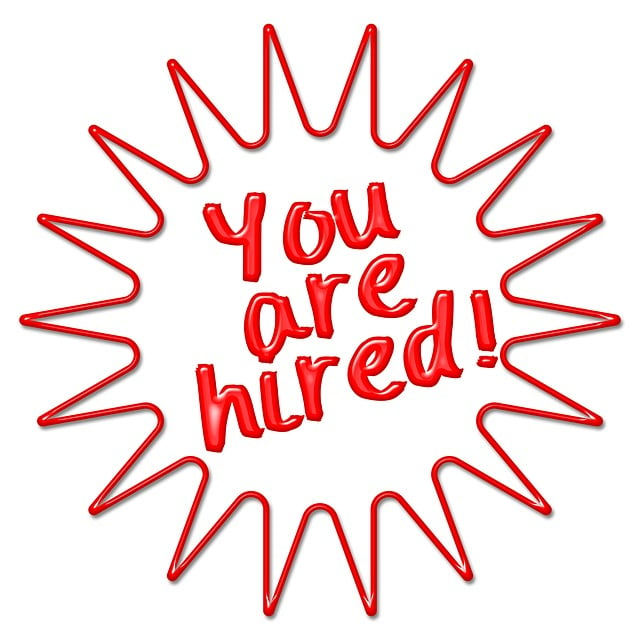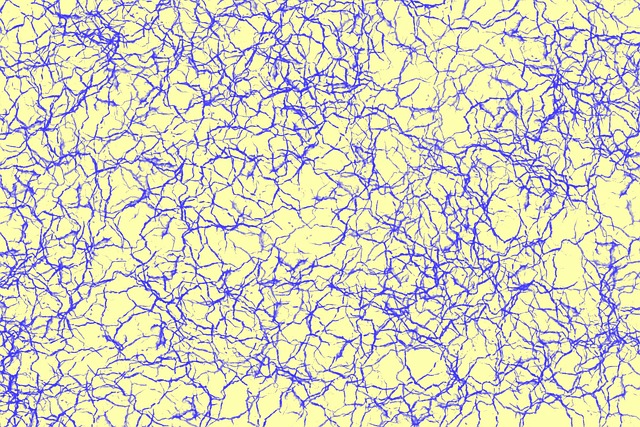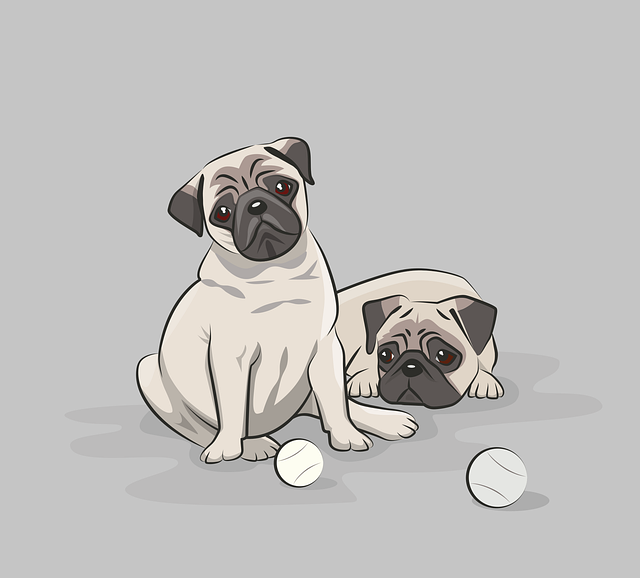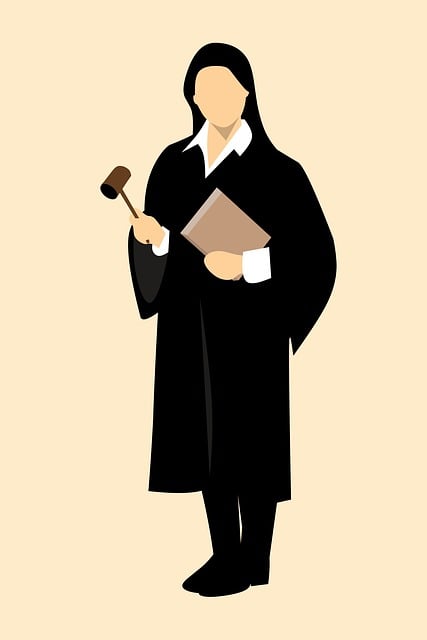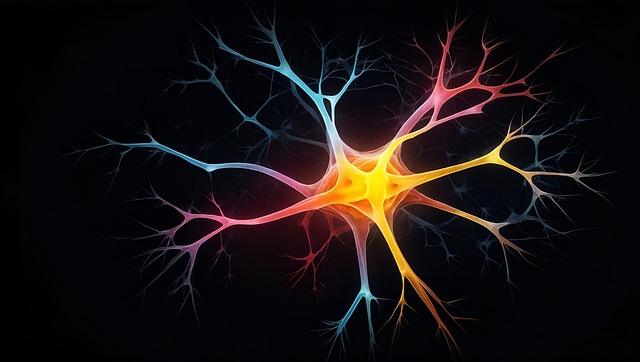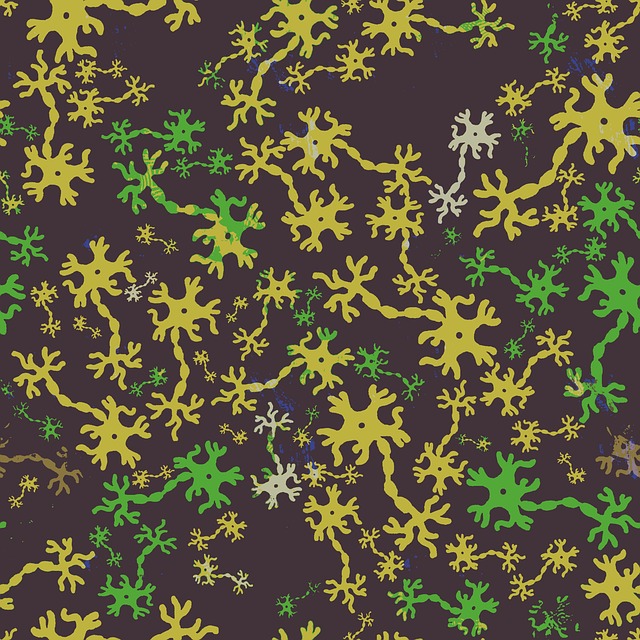After a car accident, experiencing pain or numbness in lower back, buttocks, or legs may indicate a pinched sciatic nerve. Chiropractors provide specialized treatment for this common crash-related injury through adjustments, manipulations, and therapeutic modalities to restore nerve function and mobility, preventing long-term damage and promoting faster healing.
After a collision, a pinched sciatic nerve can cause significant discomfort and mobility issues. This article delves into understanding this condition, specifically focusing on how chiropractic care can provide effective relief. We explore the diagnosis process and various techniques employed by chiropractors to assess and treat pinched nerves post-crash. Additionally, we highlight key treatment options designed to offer immediate and lasting relief for those experiencing sciatic pain following a vehicular accident.
- Understanding Pinched Sciatic Nerves After Collisions
- Diagnosis: Chiropractor Assessment and Techniques
- Effective Treatment Options for Post-Crash Relief
Understanding Pinched Sciatic Nerves After Collisions
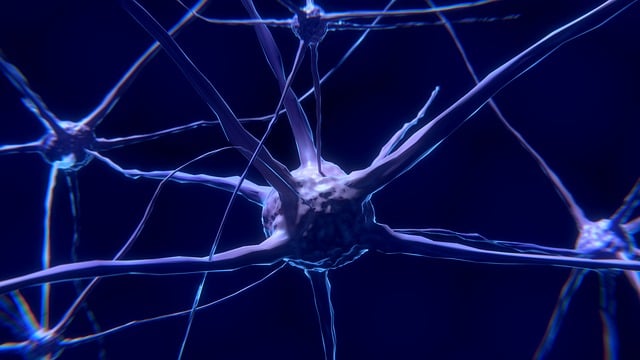
After a collision, it’s crucial to understand the potential impact on your body, especially regarding sciatic nerve issues. A pinched sciatic nerve can occur when there’s pressure or compression on this long nerve that runs from the lower back down each leg. Such injuries are common after car accidents or other types of collisions due to the sudden force and impact.
Chiropractors specialize in diagnosing and providing treatment for pinched nerves after a crash. They use various techniques, including spinal manipulation and adjustments, to alleviate pressure on the sciatic nerve and restore its function. Early intervention is key; seeking care from a chiropractor soon after a collision can help manage pain, prevent long-term damage, and promote faster healing.
Diagnosis: Chiropractor Assessment and Techniques
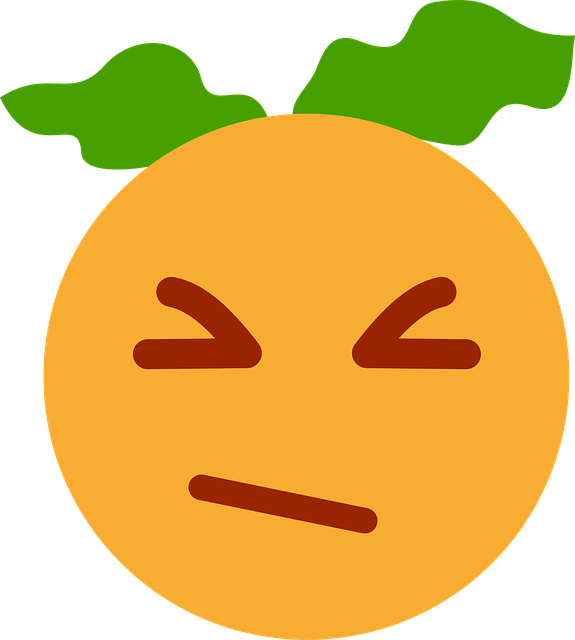
After a collision, if you’re experiencing pain due to a pinched sciatic nerve, a chiropractor can play a pivotal role in your recovery. The chiropractor’s assessment begins with a detailed medical history and physical examination, specifically focusing on the spine, nervous system, and associated muscle groups. They may use various techniques like manual manipulation, adjustments, and specific exercises to relieve pressure on the affected nerve.
Chiropractors often employ non-invasive treatment methods tailored to the individual patient’s needs. These treatments can include spinal manipulations, soft tissue therapy, and recommendations for lifestyle changes. The goal is to reduce inflammation, improve nerve function, and restore mobility, offering a natural and effective solution for managing pain stemming from a pinched sciatic nerve after a crash.
Effective Treatment Options for Post-Crash Relief

After a collision, experiencing pain or numbness in your lower back, buttocks, or legs could indicate a pinched sciatic nerve—a common issue resulting from car accidents. Effective treatment options for post-crash relief often involve visiting a chiropractor who can offer specialized care tailored to alleviate pressure on the sciatic nerve. Chiropractor adjustments and manipulations aim to restore normal joint motion, reduce inflammation, and ease the compression on the nerve roots.
In addition to chiropractic adjustments, therapeutic modalities such as heat or ice therapy, electrical stimulation, and massage can be part of a comprehensive treatment plan. These techniques work synergistically with chiropractic care to provide multi-faceted relief, helping individuals recover faster from pinched nerves post-crash.
After a collision, experiencing pain in your lower back or leg due to a pinched sciatic nerve can be debilitating. Fortunately, seeking immediate care from a chiropractor is a proven effective step towards relief and recovery. Through thorough assessments and tailored techniques, chiropractors address the root cause of the compression, offering natural and non-invasive treatment options that can significantly reduce pain and improve mobility. For those struggling with post-crash symptoms, exploring these treatments guided by a qualified chiropractor can be transformative in restoring comfort and function.

